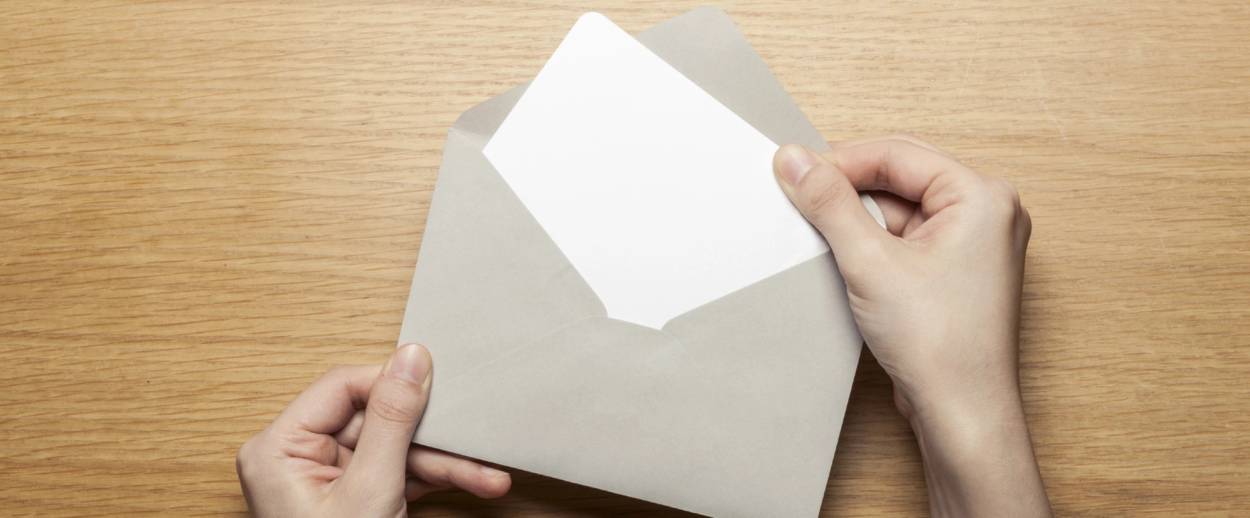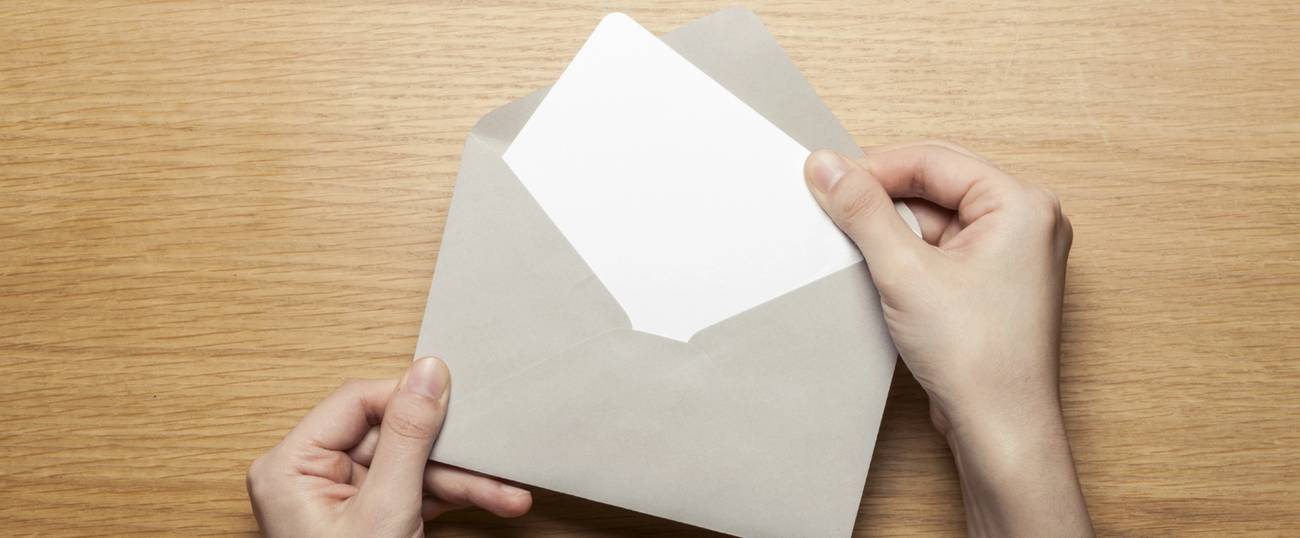Frankincense and Really Old Airplane Photos: Letters to the Editor
Readers share their comments about Talmudic accuracy and Boeing 707s
November 20, 2015




Editor’s Note: On Fridays we publish a selection of letters our readers have sent to us regarding articles and podcasts published the week prior on Tablet.
On Adam Kirsch’s “The Talmud’s Deep Misogyny: No Women Allowed”:
I have a correction to share with him about something he incorrectly wrote:
This aggadic discussion came at the end of a week’s reading that was mostly devoted to fine points of halachah, having to do with the exact way in which the sota ritual is performed. The Bible lays out the essentials: A woman is brought before a priest, offers a sacrifice of barley flour with oil and frankincense, and then drinks the “bitter waters.” This potion is made by combining water with dust from the floor of the Temple, and then submerging in it a scroll on which the relevant biblical verses are written, until the ink dissolves.
The correction regards the passage “…offers a sacrifice of barley flour with oil and frankincense.” You might remember the offering of the Sota does NOT have oil and frankincense (Numbers 5:15).
— Barry Shain
And a response from the article’s author, Adam Kirsch:
I stand corrected. As the mishna in Sota 14a says, “All meal-offerings require oil and frankincense, and this one requires neither oil nor frankincense.”
I was led astray by the way the Gemara devotes so much attention to the normal meal-offering, even though the Sota’s offering is different in this respect. In fact, the absence of oil and frankincense, like the substitution of barley flour for the usual wheat flour, is one of the reasons why Rabban Gamliel compares the Sota’s sacrifice to “animal food”—which is fitting because “her actions were the actions of an animal.”
— Adam Kirsch
On Tess Cutler’s “After an Emergency Landing in Montana, El Al Passengers Are Treated to a Kosher Feast”:
That’s quite an illustration you used for the article. It looks like it’s from the 1960s, or early 1970s at the latest, with an El Al Boeing 707 (equipped with its original, first-generation, noisy non-turbofan engines, no less) in the foreground, and what appears to be an Iraqi Airlines (or maybe UAR Airlines) propeller-driven Douglas DC-7 on the tarmac just behind. I wonder which airports back then routinely handled traffic from both carriers?
Was there something mysterious that you were signaling to us by using that particular image? There’s hundreds of recent pix out there on the Web of the actual El Al 777 type involved in that episode!
— Alan Potkin, DeKalb, IL
And a response from Jonathan Zalman, Tess Culter’s editor, who chose the photo:
Planes sure looked a heck of a lot cooler in 1964, didn’t they?
Previous: Letters to the Editor
From the editors of Tablet Magazine.